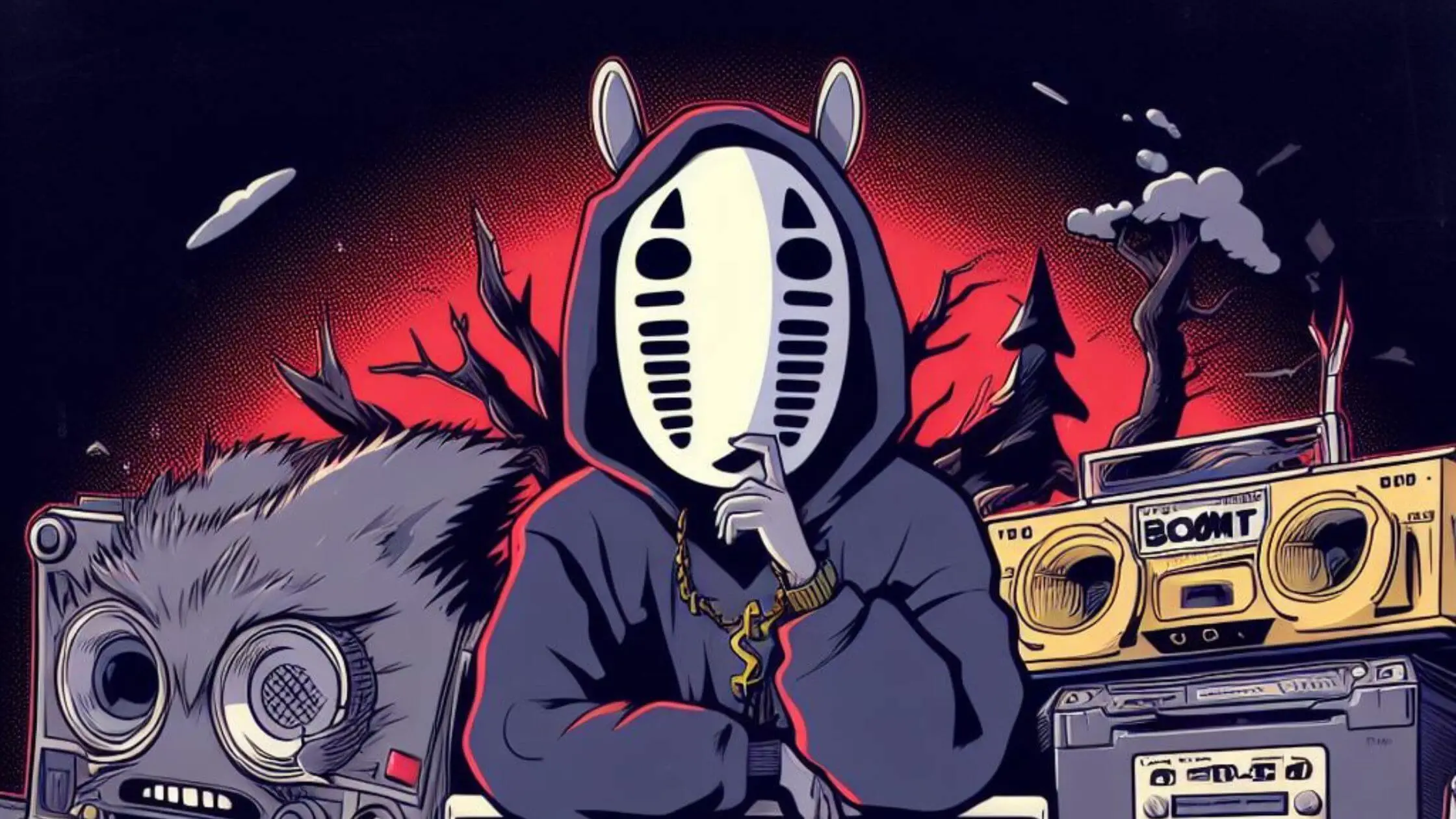
12 Nov Boom Bap explained: A Deep Dive into the Classic Hip-Hop Sound
Summary
- Boombap is a hip-hop subgenre that is characterized by a distinctive sound that is dominated by sampled and programmed drums, as well as its unique rhythm.
- While Boom Bap sounds amazing today, the history shows us, that many artists and circumstances in the world of music poroduction have shaped this iconic subgenre to the head-noding, beloved sound it represents today.
- Today, BoomBap Hip-Hop still plays a huge role in the current music-industry.
- Achieving the classic & dirty BoomBap sound from popular producers like J Dilla or Nujabes, is possible by making use of different production-techniques, that are widely used by the beatmaking-scene.
Table Of Contents
The origins of Boom Bap help us understand the background of this popular subgenre.
Find out more >These elements a typical for a classic Boom Bap Hip-Hop track.
Find out more >These artists are popular for producing great Boom Bap Hip-Hop tracks..
Find out more >The evolutioon of Boom Bap throughout the history.
Find out more >What Boom bap represents today.
Find out more >Origins
Boom Bap is a hip-hop subgenre that is characterized by a distinctive sound that is dominated by sampled and programmed drums. The term Boom Bap is an onomatopoeia that imitates the sound of the bass drum (Boom) and the snare (Bap).
The Boom Bap sound emerged in the late 1980s, when rap producers started to use the Akai MPC (Music Production Controller), a device that integrated sampling, drum machine, and MIDI sequencing in one. The MPC allowed the producers to create a natural, human groove that differed from the rigid and mechanical E-mus (Emulator Sampler) that was previously used. The MPC also influenced the aesthetics of hip-hop, by fostering the creativity and innovation of the sampling, programming, and mixing practices.
The Boom Bap sound was mainly associated with the East Coast hip-hop scene, which advocated a sample-based philosophy that was represented by artists such as Public Enemy, Eric B. & Rakim, Boogie Down Productions, De La Soul, A Tribe Called Quest, Gang Starr, Pete Rock & CL Smooth, Wu-Tang Clan, Nas, and The Notorious B.I.G…
Characteristics
Boom Bap is a hip-hop subgenre that has a distinctive sound and style that sets it apart from other forms of rap music. Some of the main characteristics of Boom Bap are:
- The use of sampled and programmed drums, especially the bass drum and the snare, which create a hard-hitting and rhythmic sound. The drums are often layered with other sounds, such as vinyl crackle, hiss, or scratches, to create a gritty and lo-fi aesthetic.
- The use of sampling, which is the technique of taking snippets of sound from other sources, such as records, movies, or speeches, and incorporating them into the music. Sampling is used to create melodies, hooks, or backgrounds, as well as to add references, messages, or commentary to the lyrics. Sampling is also a way of paying homage to the musical influences and inspirations of the rap producers and artists.
- The use of swing quantization, which is a feature of the Akai MPC that adds a slight delay to the timing of the drum hits, creating a natural and human feel. The swing quantization can be adjusted to different levels, depending on the desired groove and mood of the song.
- The use of scratching, which is the technique of manipulating a vinyl record on a turntable to create rhythmic sounds and effects. Scratching is often performed by a DJ, who acts as a partner or a collaborator to the rapper. Scratching is used to add flair, excitement, or variation to the music, as well as to showcase the DJ’s skills and creativity.
- The use of lyricism, which is the art of writing and delivering rap lyrics that are clever, witty, or meaningful. Lyricism is a way of expressing the rapper’s personality, opinions, or stories, as well as to impress, entertain, or educate the listeners. Lyricism is also a way of competing or challenging other rappers, either in a friendly or a hostile manner.
Some examples of Boom Bap

Influential Artists in Boom Bap
Boom bap is a subgenre of hip-hop characterized by hard, minimalist beats and powerful, often political or socially critical lyrics. Boom bap emerged in the late 1980s and early 1990s in New York City and was influenced by several well-known artists. In this section, we introduce you to some of the most important boom bap artists who continue to influence and develop the genre today.

J Dilla

De La Soul

Nujabes

9th Wonder

Pete Rock

Nas

Mobb Deep

Wu Tang
The Evolution of Hip-Hop
Oldschool hip-hop refers to the early phase of hip-hop culture, which lasted from the late 1970s to the early 1980s. The music was minimalist, with simple drum machine beats, scratching and rap vocals, which often addressed social and political issues. Some of the most famous oldschool hip-hop artists are Grandmaster Flash, Afrika Bambaataa, Run-D.M.C. and Kurtis Blow.
Newschool hip-hop refers to the second wave of hip-hop culture, which lasted from the late 1980s to the early 1990s. The music was more diverse, with influences from other genres such as rock, funk, soul and jazz. The production became more complex, with the use of sampling, synthesizers and drum machines. The lyrics were often more aggressive, provocative and humorous. Some of the most famous newschool hip-hop artists are Public Enemy, N.W.A., Beastie Boys and LL Cool J.
Golden Era hip-hop refers to the third wave of hip-hop culture, which lasted from the late 1980s to the early 2000s. The music was innovative, creative and experimental, with a variety of styles, regions and subgenres. The production was characterized by the use of Akai MPCs, which enabled the creation of complex rhythms, layers and loops from different sources. The lyrics were often lyrical, poetic and intellectual, with a focus on wordplay, metaphors and rhymes. Some of the most famous Golden Era hip-hop artists are Rakim, A Tribe Called Quest, Nas, Wu-Tang Clan and The Notorious B.I.G.
Diaspora hip-hop refers to the global spread and adaptation of hip-hop culture, which has been taking place since the late 1980s. The music is diverse, with local languages, dialects, themes and influences. The production is often a mix of traditional and modern elements, with the use of live instruments, electronic devices and digital platforms. The lyrics are often a form of social and cultural expression, conveying identity, resistance and solidarity. Some of the most famous Diaspora hip-hop artists are M.I.A., MC Solaar, K’naan and Die Antwoord.
Boom Bap in Modern Hip-Hop
Although boom bap was supplanted by other styles such as gangsta rap, dirty south and trap in the late 1990s and early 2000s, it has experienced a renaissance in recent years, largely through the work of artists such as Joey Bada$$, Kendrick Lamar, J. Cole and Logic. These artists use Boom Bap as a platform to express their creative vision, social causes, and musical influences. Boom Bap is thus a cultural object that connects the past and future of hip-hop by preserving the traditions and values of the genre while allowing for new innovation and experimentation.
Boom Bap Hip Hop is not only a musical genre, but also a cultural movement that represents the ideals of creativity, authenticity and social awareness. Many promoters and passionate fans and artists still carry these ideals into the world and make a contribution to our society. Examples of renowned events for this genre are the Hip-Hop Kemp or the Tape-Fabrik Festival, where Boom Bap Hip Hop is celebrated and showcased. Moreover, workshops for rap, beatbox or graffiti are still popular among young people and are taught by various artists in youth centers or schools. These workshops provide an opportunity for the youth to express themselves, learn new skills and connect with others who share their passion for Boom Bap Hip Hop.
Modern Artists who released boombap hip hop Music
Production Techniques
To create a Boom Bap beat, you need some basic production techniques that give the beat a characteristic swing, groove, and sound. In this section, I will introduce some of these techniques, that will help you achieve a similar sound to popular Boom Bap producers like DJ Premier, Pete Rock, and J Dilla. These techniques will be explained in more detail below.

Boom Bap vs. Trap Music: A Comparison
Boom Bap
- Boom bap is a reference to a heavy kick drum 'boom' followed by the crisp 'bap' of a snare.
- Boom bap is associated with the golden era of New York rap music in the late '80s and early '90s..
Trap
- Trap music uses faster hi-hat patterns, 808 bass sounds, and synthesizers.
- Trap music originated in the South in the late '90s and early 2000s, with artists like T.I., Young Jeezy, and Gucci Mane.
- https://repository.uwl.ac.uk/id/eprint/5150/1/Boom%20Bap%20ex%20Machina-%20Hip-Hop%20Aesthetics%20and%20the%20Akai%20MPC.pdf
- https://westminsterresearch.westminster.ac.uk/download/11bb5ceafc1f57912f30ae15d7cbfcf88e43e640b2e66649970fc023e87ce530/898668/The%20Good%2C%20the%20Bad%20and%20the%20Ugly%20in%20Rap%20Production%20Pedagogy%20%28Negotiating%20Live%20Performance%2C%20Sampling%20and%20Stylistic%20Authenticity%20in%20the%20Design%20of%20Music%20Production%20Curricula%29.pdf
- https://repository.uwl.ac.uk/id/eprint/5152/1/%28Re%29Engineering%20the%20Cultural%20Object-%20Sonic%20Pasts%20in%20Hip-Hop%E2%80%99s%20Future.pdf
Last modified: 12.11.2023

Author: Trashbbx
Trashbbx is a beatboxer, beatmaker & music producer based in Munich Germany. Throughout his career as a musician, he has gained a lot of experience working in the music industry.




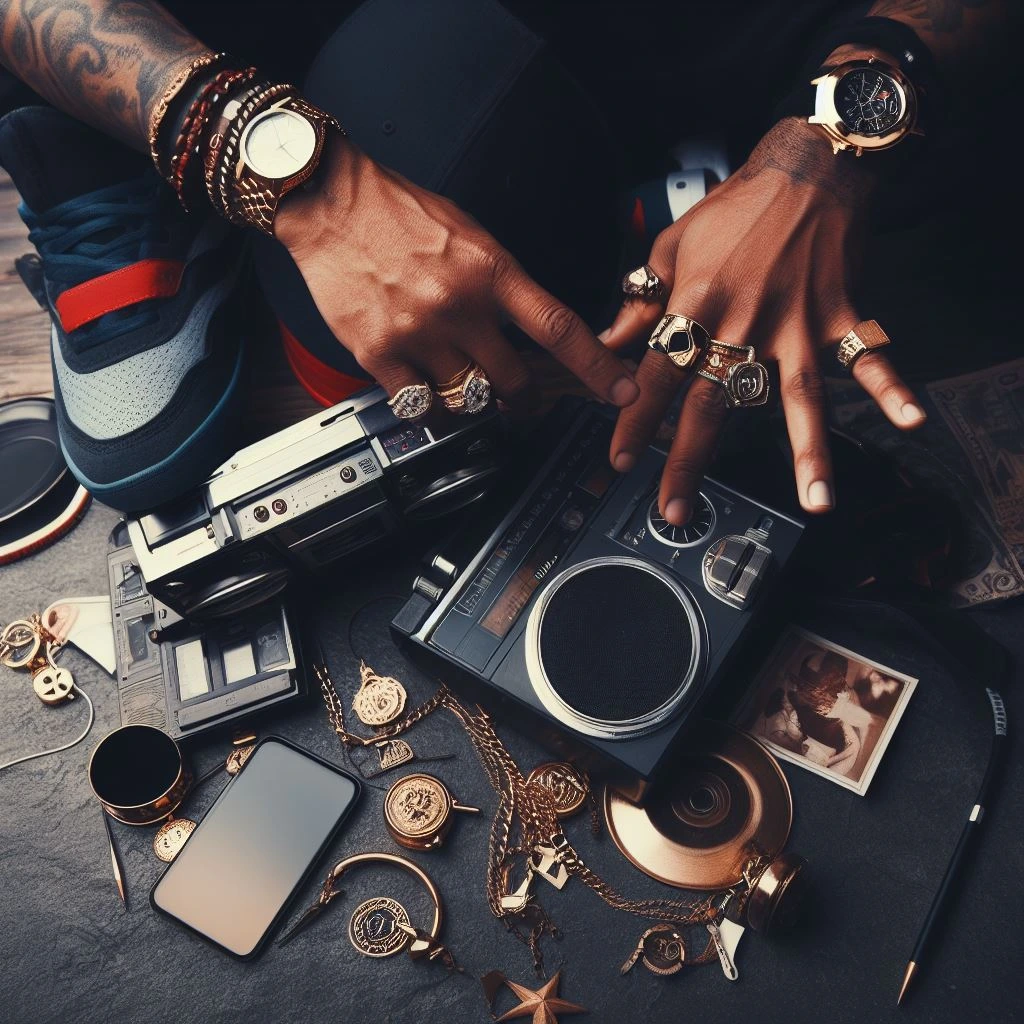
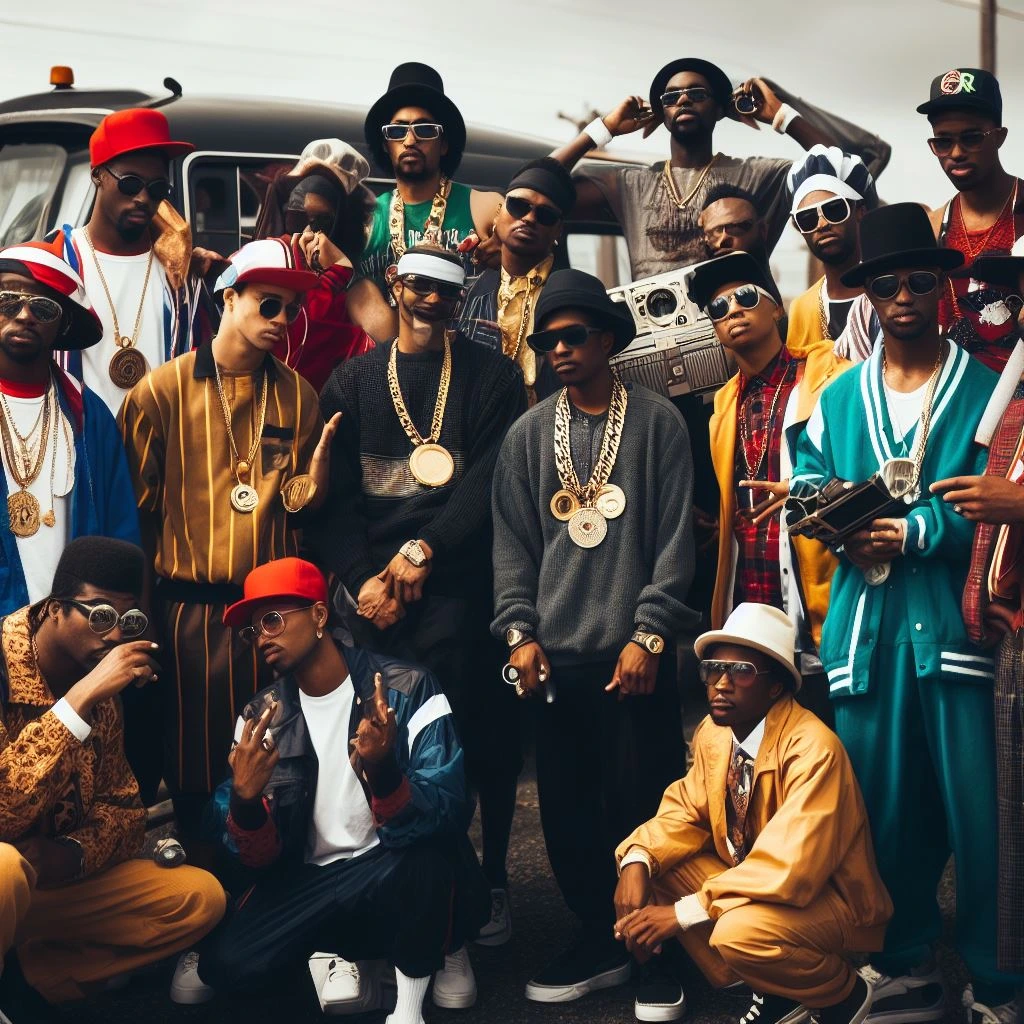
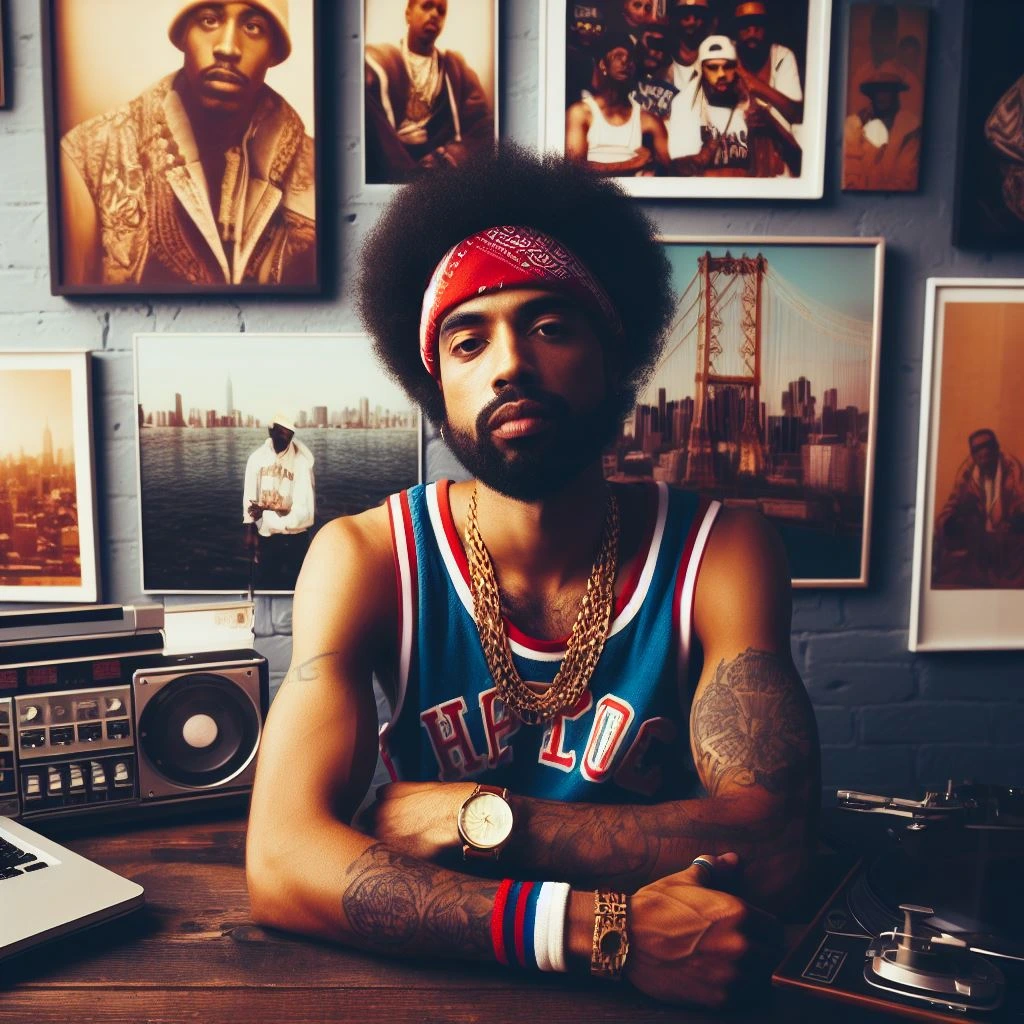





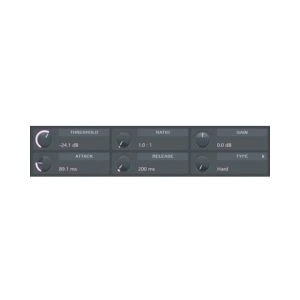

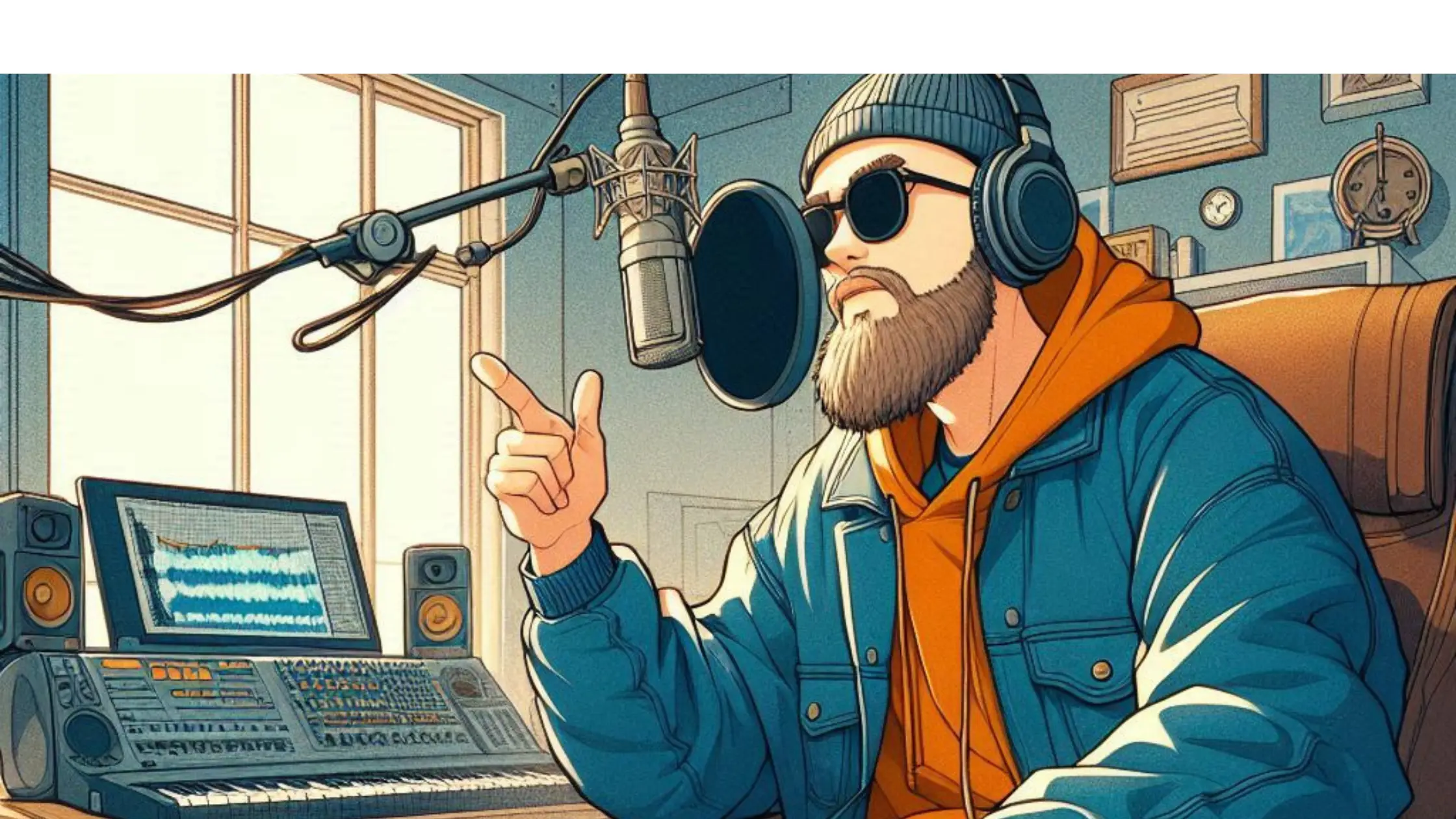
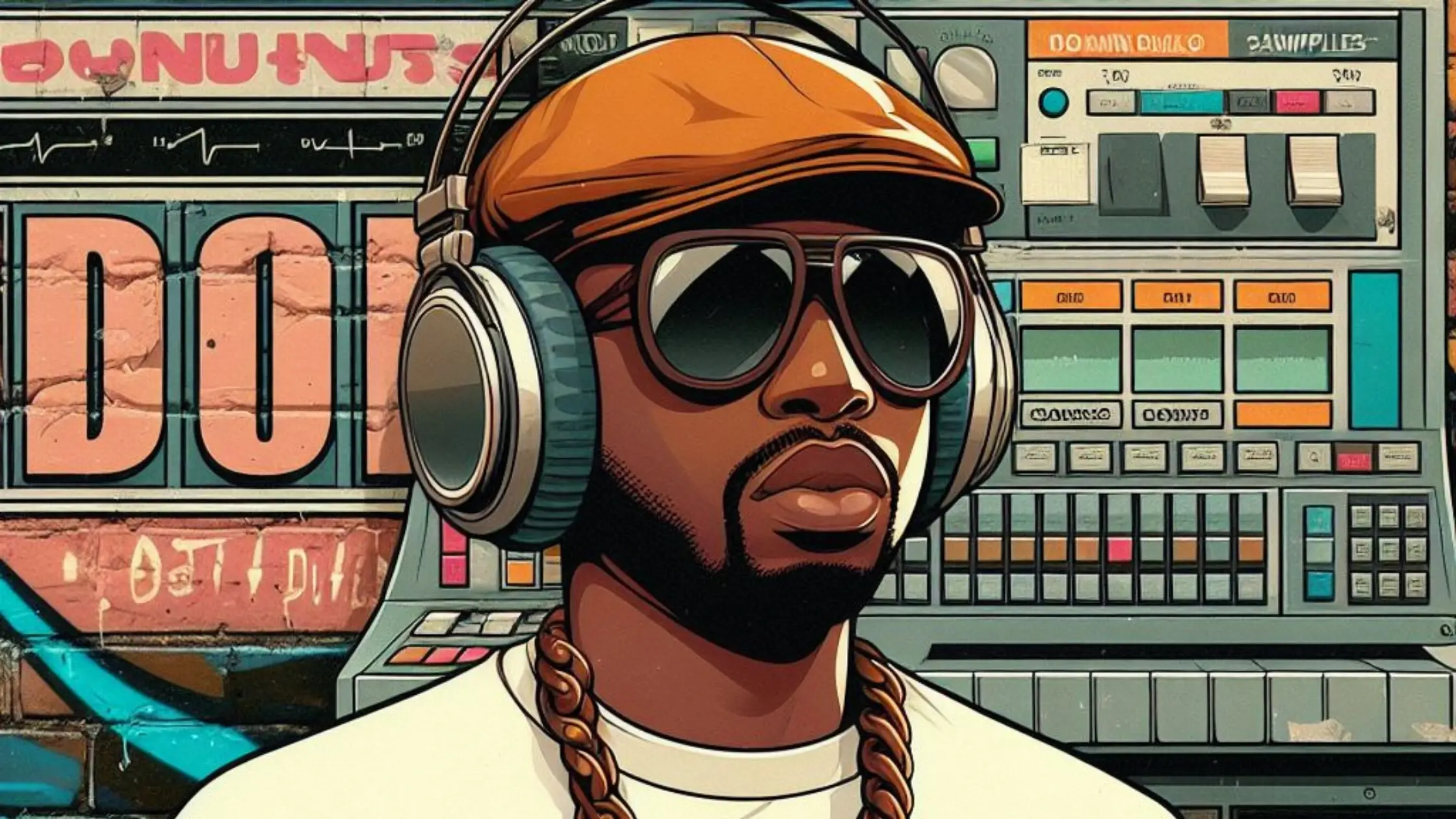
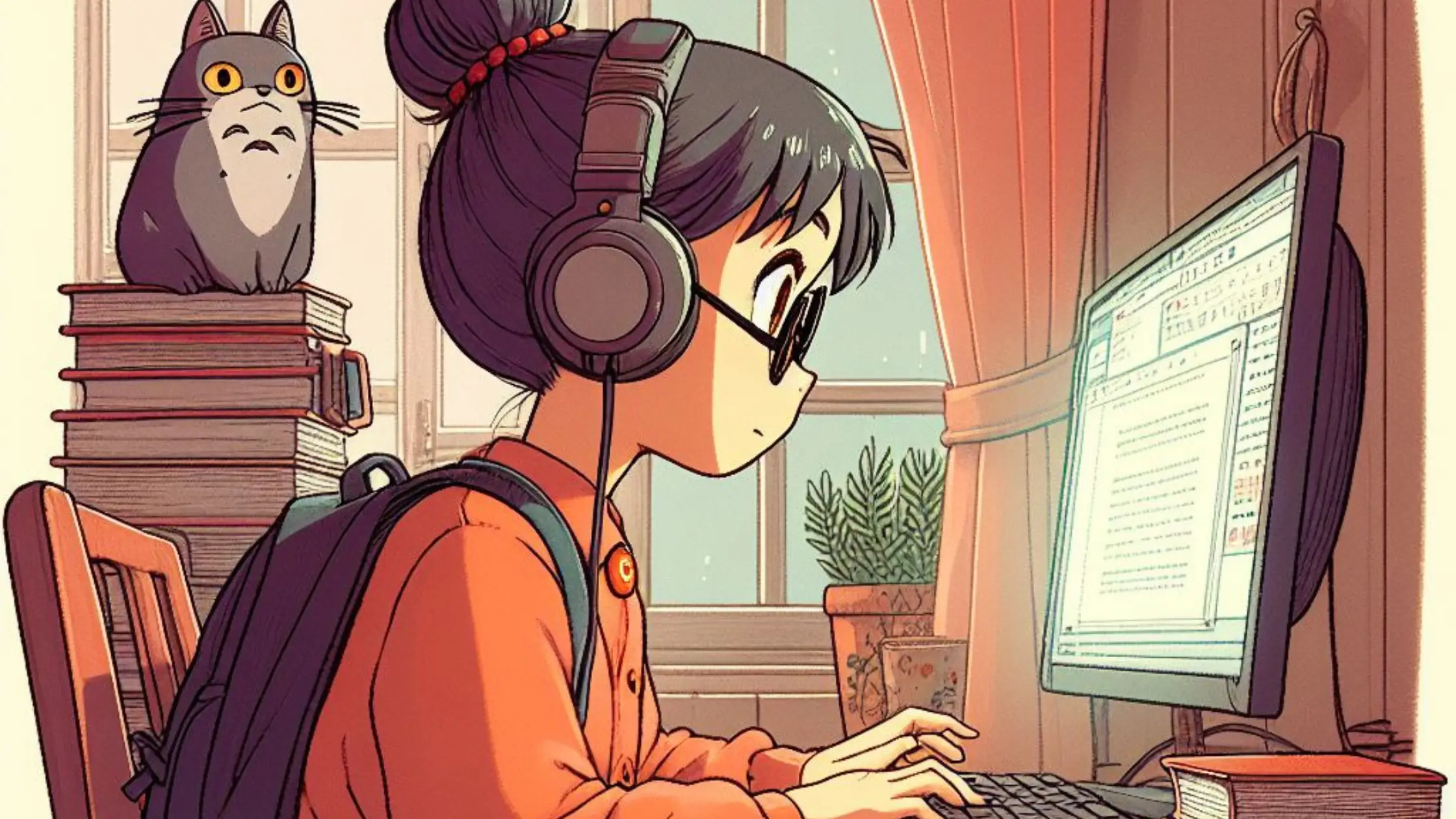
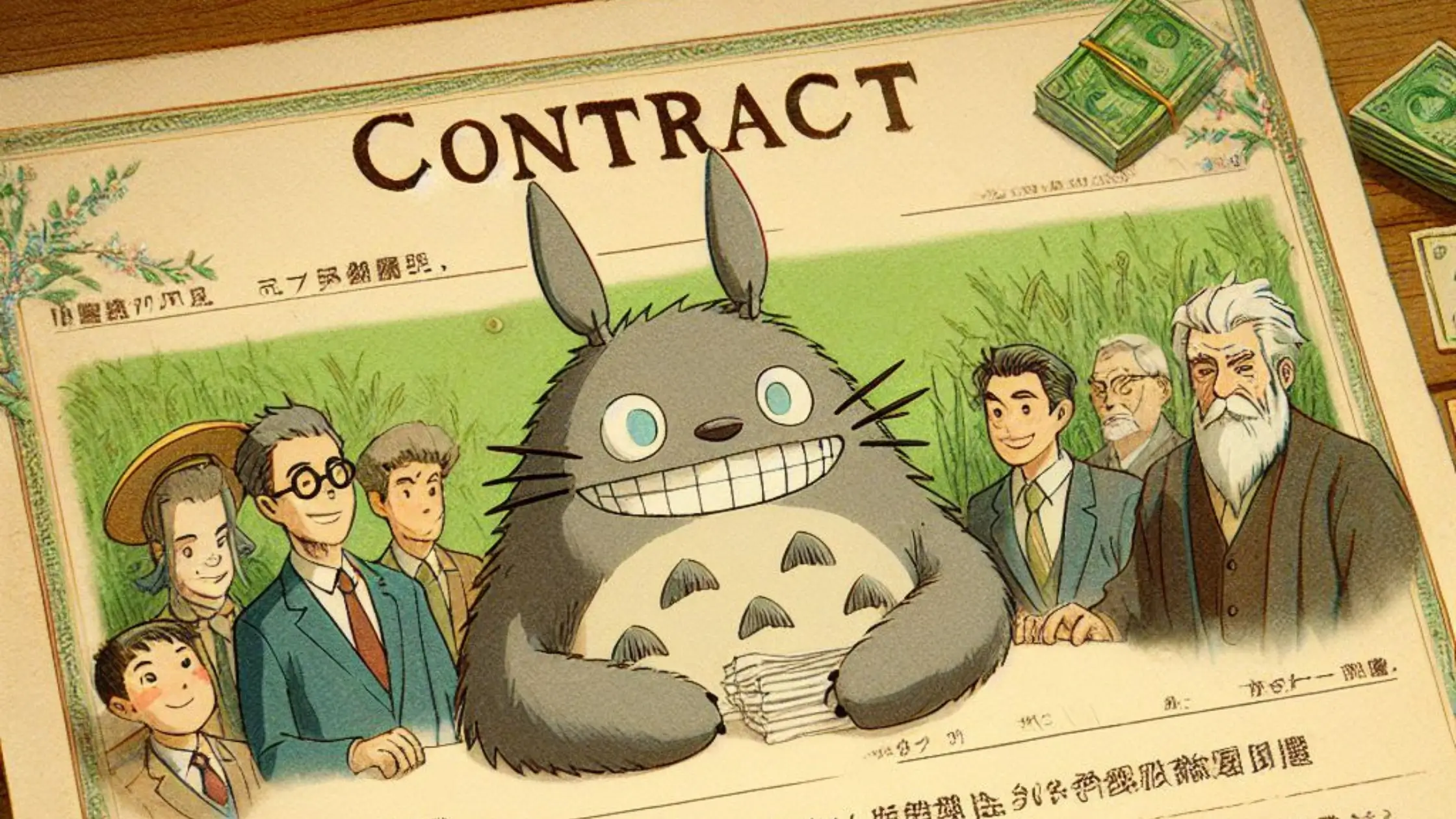
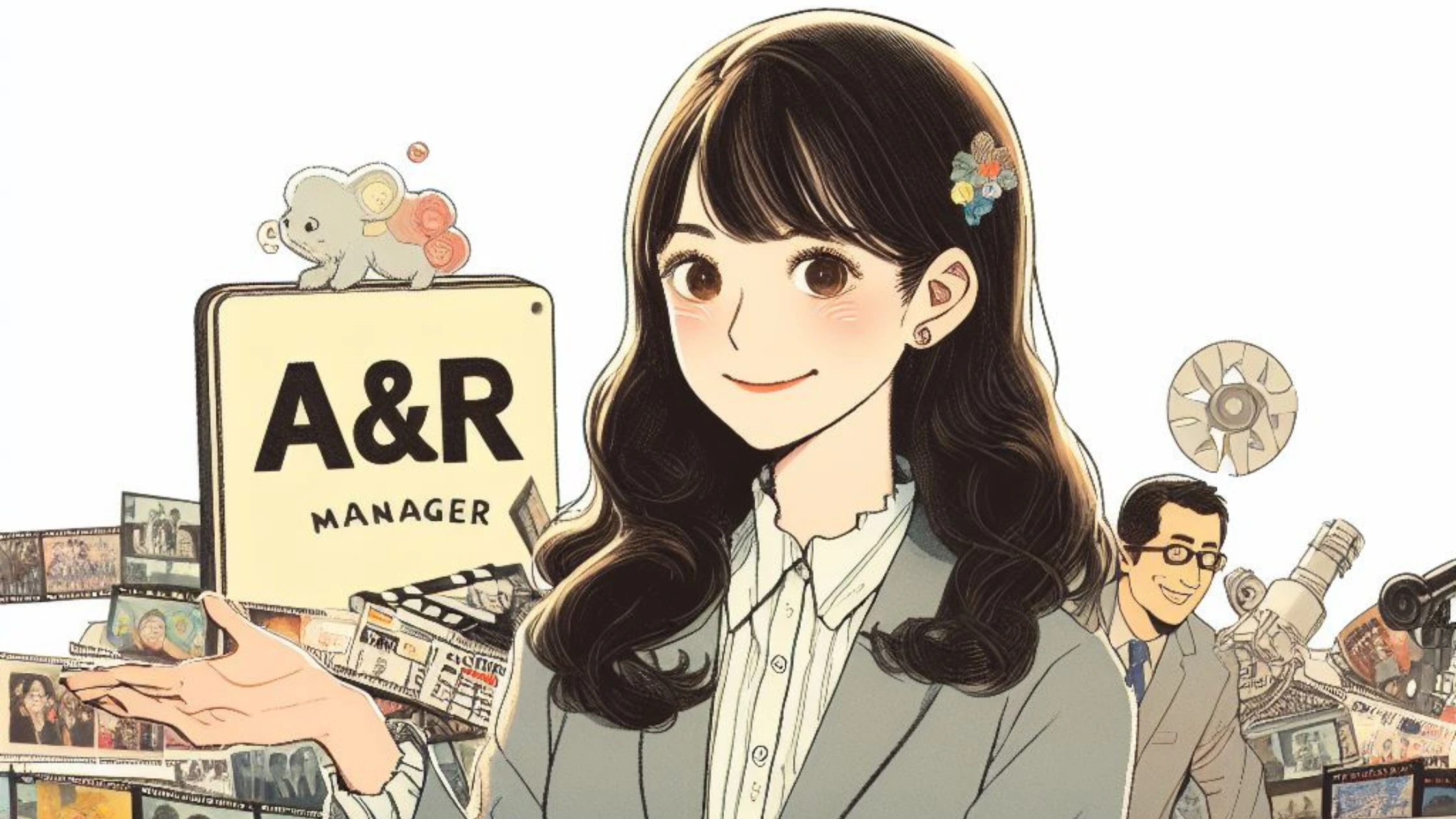
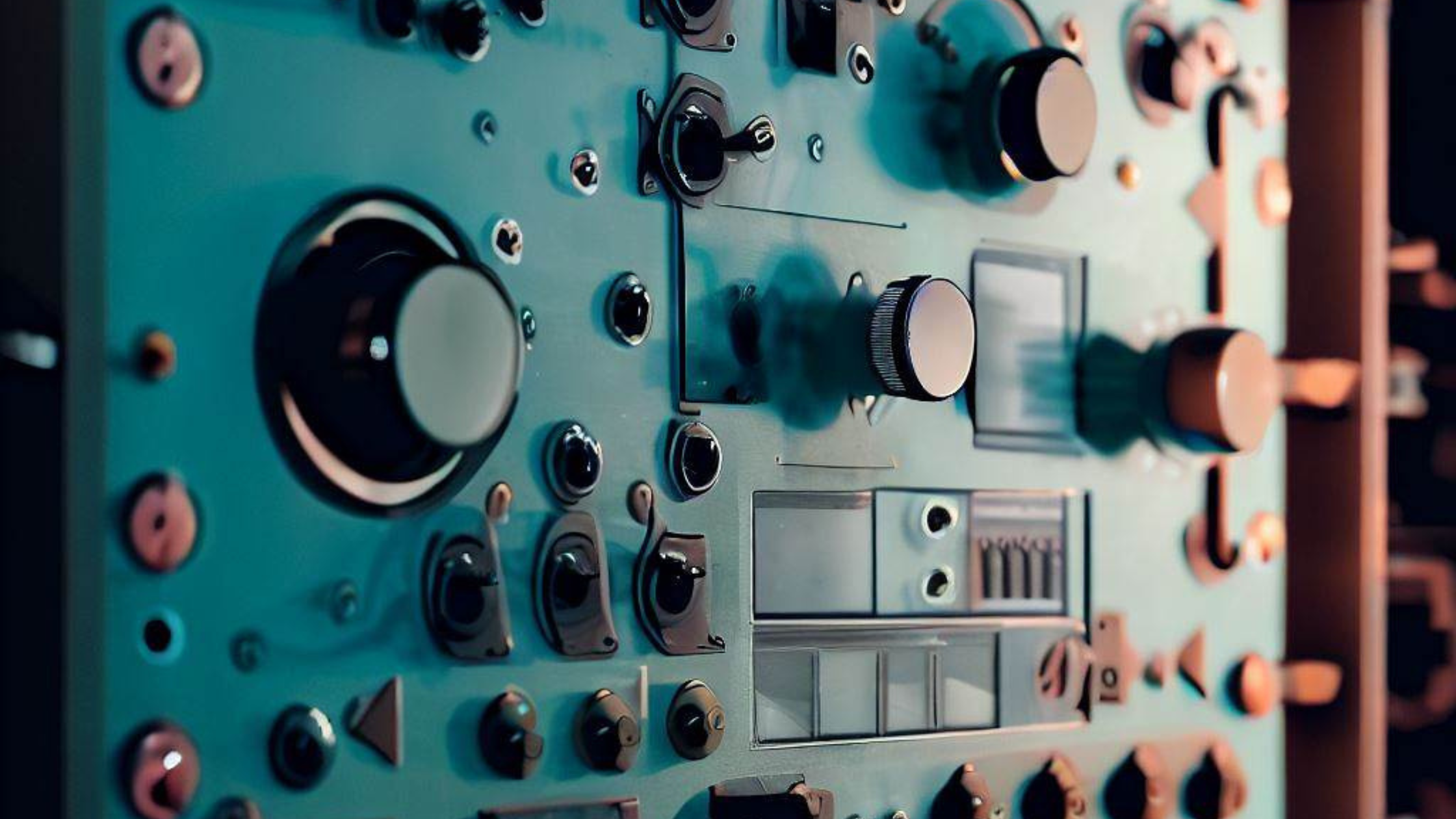
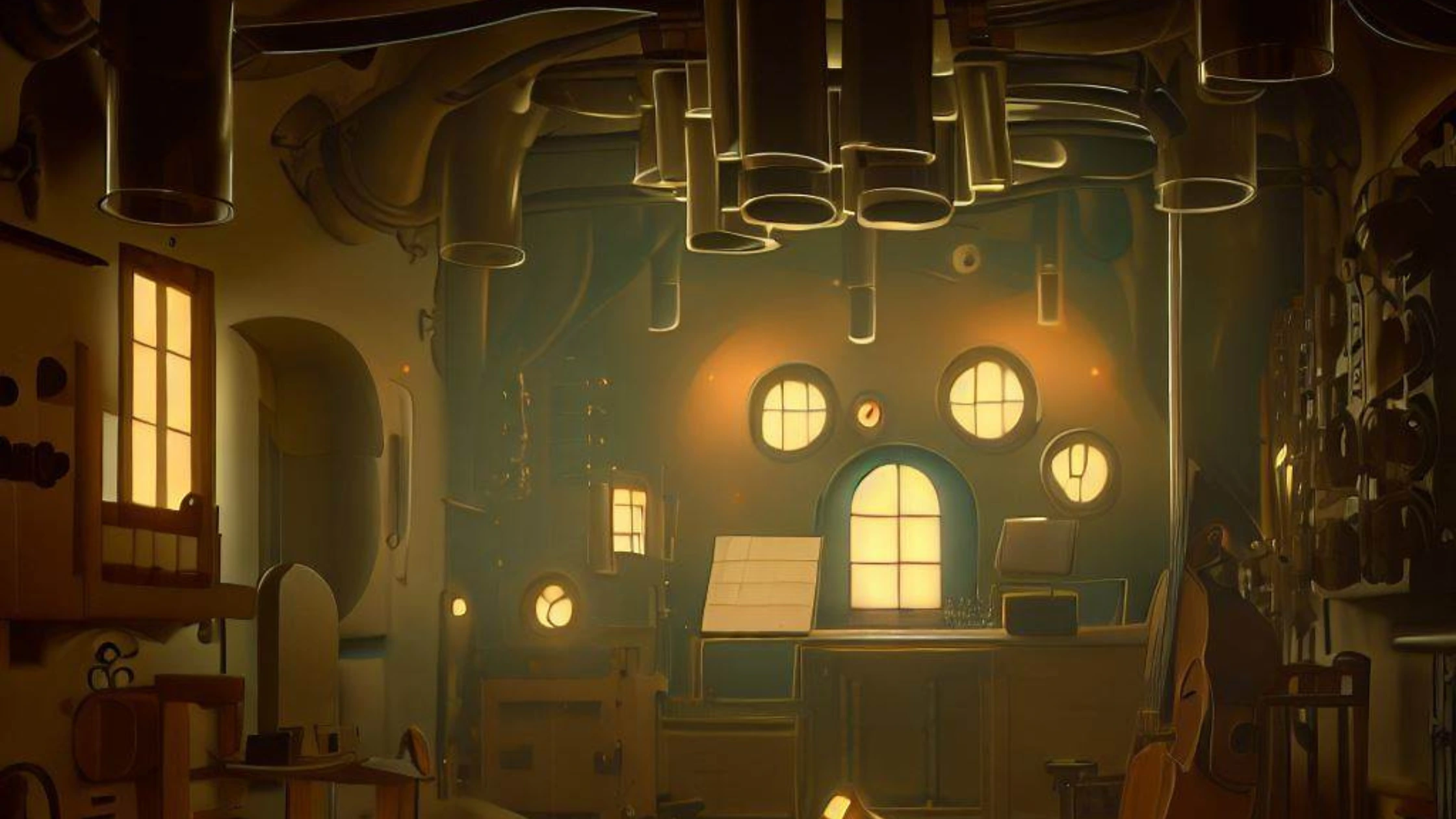
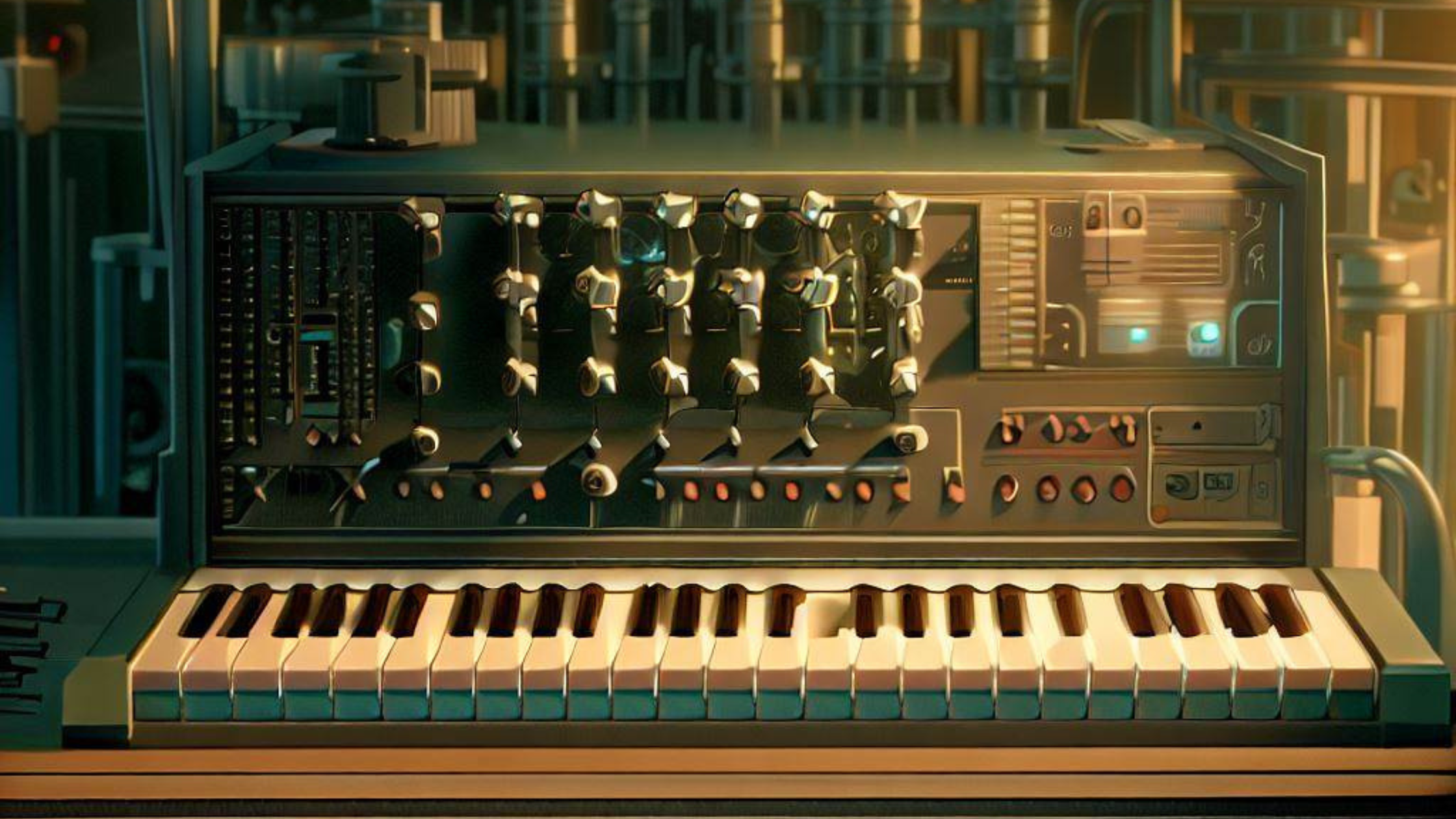
Sorry, the comment form is closed at this time.